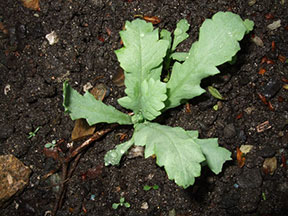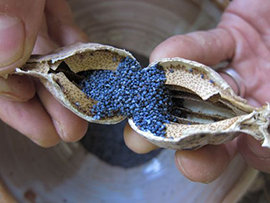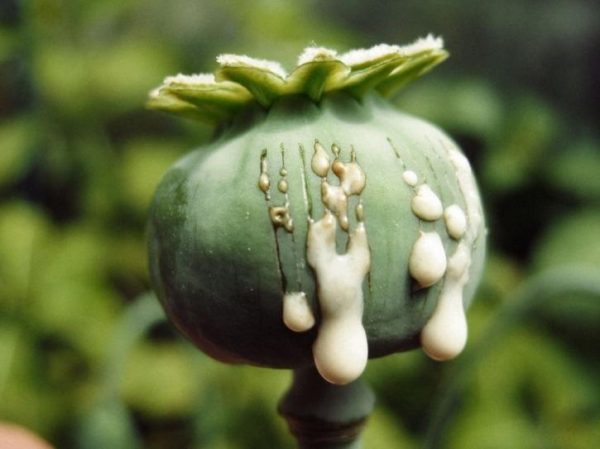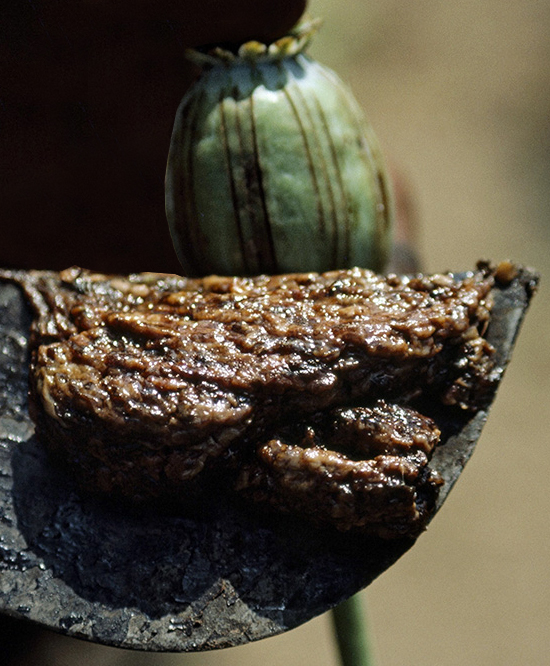In the Garden
In gardens the opium poppy presents few problems, except that it will often seed around in profusion. Seedlings should be ruthlessly thinned if they are to produce good strong plants. The ordinary single flowered forms grown in gardens have a range of colors, though pinks, purple and reds predominate, the petals sometimes with a delightful gradation of color reminiscent of shot-silk. Poor colored forms should be rogued out the moment they come into flower, otherwise after only a few years poor pinks and dirty purple will begin to dominate.
P. somniferum are vigorous, sometimes reaching 5ft (1.5m) tall, so they require plenty of space to develop. All of them having a pleasing, though somewhat heady fragrance, much loved by bees. Two of the more eccentric forms are the ‘Giganteum’, which has the largest fruits (seed capsule) and the ‘Hens and Chicks’ in which the main fruit capsule is surrounded by a halo of smaller pods.
It is part of our tradition to integrate the natural medicines which come from plants into our sense of health and healing. Often, such plants can be poisonous or healing, depending on how these plants are used. A small amount used occasionally can be a medicine. Too much of the same plant may be deadly. By understanding the nature of things, we come to know how best to use the herbs we grow.







